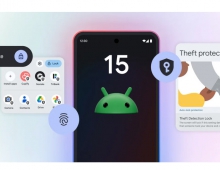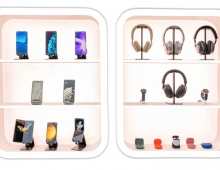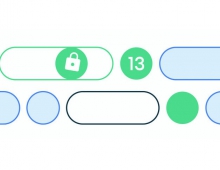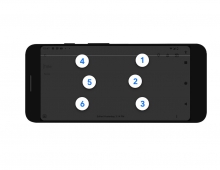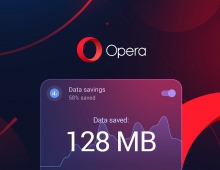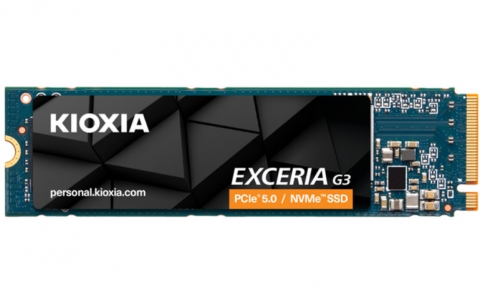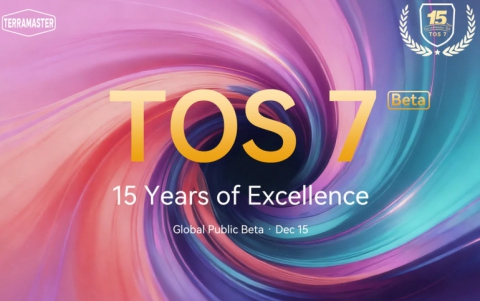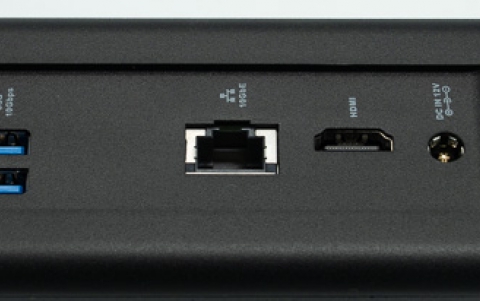
Google's Android M Is Now Android M Is Officially 'Marshmallow'
Google gave a name Monday to its soon-to-be released operating system for its Android mobile devices: Marshmallow. The moniker for the 6.0 version of the mobile computing system follows a tradition of using sugary treats for Android including Lollipop (5.0), KitKat (4.4), Jellybean (4.1) and Ice Cream Sandwich (4.0).
"Whether you like them straight out of the bag, roasted to a golden brown exterior with a molten center, or in fluff form, who doesn't like marshmallows?" product manager Jamal Eason asked in a post on the Android developer blog.
Eason said developers seeking to develop or update applications for Android can now download the software.
The Marshmallow preview is available for supported Nexus smartphones including the Nexus 5, Nexus 6, Nexus 9 and Nexus Player. These devices will receive an over-the-air (OTA) update over the next couple of days, Android product manager Jamal Eason writes in a blog post.
Eason also notes the preview images are almost final but still not intended for consumer use.
The Android 6.0 SDK is also available for download today through the SDK Manager in Android Studio.
The latest version includes enhancements including fingerprint sensors and an updated power-saving mode. Marshmallow also streamlines the "permissions" model for users to install and upgrade apps.
Users running certain apps will not need to grant any permissions when they install or upgrade, and the applications instead request permissions as it needs them, according to Google.
Project Ara Delayed
In related news, the much-anticipated Google-backed modular phone from Project Ara was supposed to make its debut in Puerto Rico later this year. However, the device won't be coming until at least 2016, thanks to an unexpectedly long prototyping phase.
The Project Ara team team blamed "lots of iterations" in the design, which was first shown off in 2013, for the delay.
Project Ara is Google's intriguing attempt at creating a smartphone that comes in bits. It means certain components can be added or taken away without the need for intricate alterations to the phone. It would potentially mean smashed screens or worn batteries would be less costly to replace - as well as allowing others to create bespoke hardware for specific tasks.

